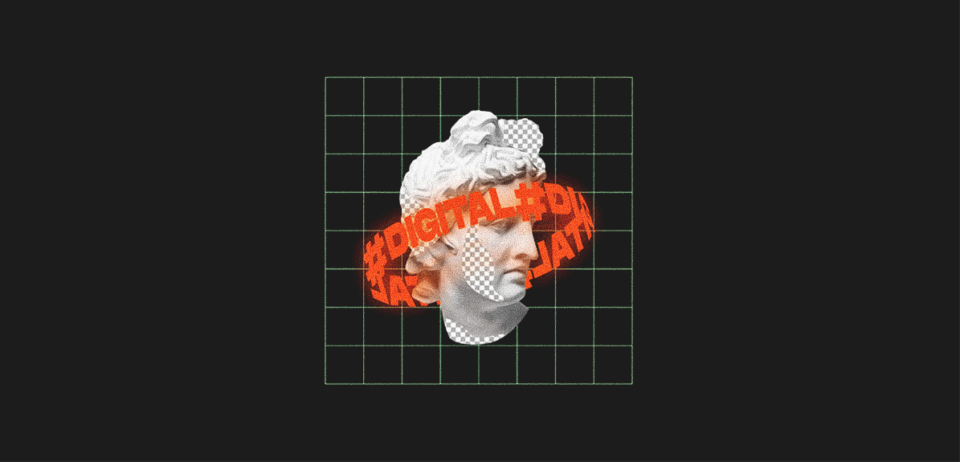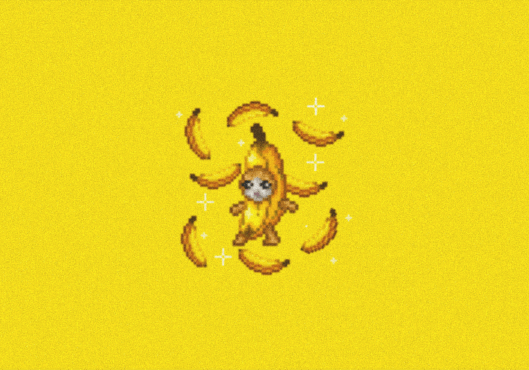
Getty & Shutterstock Merger’s Impact on Stock Image Industry
Shutterstock, Getty, and Alamy are names that one can recognize without Googling. They are prominent players in the stock image industry. But what if two major competitors decide to collaborate—or, more accurately, merge? What will happen to the market, related businesses, brands, and users?
In a shocking and unexpected move, Getty and Shutterstock announced their merger to create a premier visual content company valued at approximately $3.7 billion. The announcement was a surprise since both companies have been legendary in the stock image industry. The ripple effects and consequences won’t go unnoticed.
Marketers, editors, contributors, users, and businesses will undoubtedly feel the impact in the foreseeable future. We’re here to predict how this will affect an industry where Gen-AI is advancing daily, and companies are already cutting margins for contributors. Let’s dive deep to determine whether this is good news in the making or a storm on the horizon.
The ‘merger of equals’—or just an illusion
The fusion of Getty and Shutterstock has introduced a new ticker symbol—GETY—on the New York Stock Exchange. But while the deal is being marketed as a “merger of equals,” the numbers tell a different story.
Getty Images shareholders will hold 54.7% of the combined entity, while Shutterstock shareholders will own 45.3%—a clear imbalance that raises questions about how “equal” this merger is.
Adding to the intrigue, Getty’s CEO, Craig Peters, will lead the newly combined company, while Paul Hennessy, CEO of Shutterstock, will take a board seat alongside a few others. But here’s where it gets even more interesting—Getty’s press release revealed that out of 11 board members, only four will come from Shutterstock.
Exploring the benefits of the merger for creative pros
The stock image industry has long been a backbone for creative professionals—photo editors, video editors, visual directors, and designers. Marketing teams at major brands have relied on Shutterstock and Getty Images for years. So, this merger is bound to significantly impact marketing departments, especially those working with visual content.
“Today’s announcement is exciting and transformational for our companies, unlocking multiple opportunities to strengthen our financial foundation and invest in the future—including enhancing our content offerings, expanding event coverage, and delivering new technologies to serve our customers better,” said Getty Images CEO Craig Peters.
Stripping away the corporate buzzwords, the key takeaways are enhanced content offerings, expanded technology, and long-term investment.
One of the biggest advantages of this merger will be broader access to high-quality assets. A combined content library means a more diverse and extensive range of stock images, videos, and graphics—all under one subscription. This eliminates the hassle of juggling multiple stock platforms and licenses for creative professionals.
AI integration is another major shift. Both Getty and Shutterstock have been investing in AI, with Shutterstock partnering with OpenAI for AI-generated content. This merger will likely accelerate the development of AI-powered tools for smarter search, better tagging, and faster content customization.
For marketers and designers, this means quicker asset discovery, automated editing features, and more personalized content recommendations—all of which can streamline workflow and enhance creativity.
Stock image licensing has always been a headache, with different platforms offering varying terms. The licensing framework could become more standardized and legally sound with two foremost industry leaders uniting. This could mean more apparent usage rights, fewer copyright disputes, and reduced legal risks for brands using stock visuals in marketing campaigns.
Green light, red light — written all over the merger
If you’ve watched Squid Game, the global TV sensation, you’ll get what we mean—we’re simply raising concerns over the ‘merger’ and its not-so-subtle attempt at monopolizing the stock image industry. The argument about creating a monopoly isn’t just speculation; it’s a looming reality, as the merger will control 75% of the market.
Once the merger solidifies, users, professionals, and contributors may face various downsides and challenges. Users—mainly subscribers, marketing teams, and creative professionals—could experience homogeneity in content. If Getty and Shutterstock streamline their assets, it may reduce creative diversity, making visual marketing materials feel repetitive across brands.
Meanwhile, the merger will pressure smaller stock media companies like Dreamstime, Canva, Freepik, and others. These platforms will struggle to compete for both users and contributors. However, the same cannot be said for big players like Alamy and Adobe Stock.
Alamy is a well-established name in the stock media industry, particularly in the UK, specializing in press and editorial imagery. Adobe Stock, on the other hand, is just one branch of Adobe’s creative suite—not its primary focus. Adobe is widely known for its subscription-based software for creative professionals, with Adobe Stock and Firefly serving as add-ons rather than standalone competitors in the stock image market.
Lastly, AI dependence is set to rise, as both CEOs hinted at in their statements and the official press release. AI-generated images could gradually replace the need for human photographers and designers, impacting professionals who rely on original content creation.
Contributors may be at risk in the stock image industry
Contributors are the backbone of the stock image industry, making it a thriving marketplace for businesses. Despite their vital role, the merger between Getty and Shutterstock could put them at risk. A near-monopoly may lead to reduced payouts, as fewer competitors mean contributors have less bargaining power. If AI-generated content takes priority, it could further drive down earnings.
With a unified platform, new upload restrictions may emerge, making it harder for independent creators to monetize their work.
However, opinions are divided on whether this is truly a risk. On Reddit, some users argue that Gen-AI enhances creativity, allowing artists to bring their imaginations to life. We’ve previously explored the benefits of Gen-AI in a separate article, highlighting its potential for creative work.
For now, we can only predict the ripple effects of this merger—but the real impact remains to be seen.
Cut to the chase
The first month of 2025 proved ground-breaking for the stock image industry as Getty Images and Shutterstock announced a merger. GETY, the newly formed entity combining both titans, could bring surprising implications for businesses, users, and contributors shortly.

